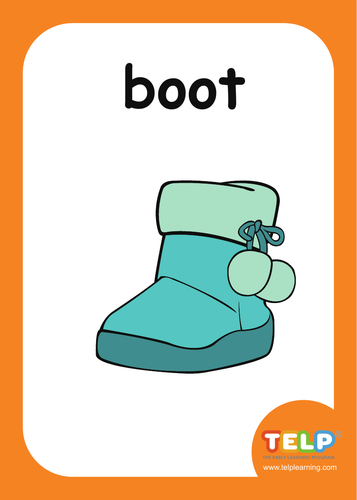

Phonics Level 3B - Flashcards
Phonics Flashcards that correlates with Phonics 3B workbook and 3B Teacher’s Guide.
Flashcards with vocabulary for the following Phonics sounds: OO, Y, X, CH, SH, TH, TH, OU, OI, UE, ER, AR, QU
This set includes 65 cute, colorful phonics flashcards! Each card has a picture which correlates with the letter’s/letters’ sound and spelling. These flashcards are great for introducing, practicing, and reviewing many important letters and sounds in small groups, as a whole group, during word study, in a center, or with a parent volunteer! The possibilities are endless! 65 Vocabulary Flashcards.
Something went wrong, please try again later.
This resource hasn't been reviewed yet
To ensure quality for our reviews, only customers who have purchased this resource can review it
Report this resourceto let us know if it violates our terms and conditions.
Our customer service team will review your report and will be in touch.